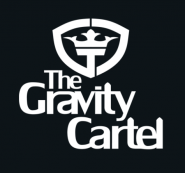Paying for a software as per the usage based on a subscription model rather than owning it by paying upfront can be defined as Software as a service (SaaS). SaaS applications are typically hosted on the cloud accessed using a web browser from even a remote location and does not require the hassle of set up, upgrading and maintaining the software. As a business delivery model for many corporate applications SaaS software types could be anything from database management software, enterprise resource planning (ERP), gaming applications, payroll software, computer designing software, customer relationship management (CRM), content management (CM), virtualization software, collaboration, ), invoicing, management information systems (MIS), human resource management (HRM) etc. The major adoptions of SaaS have been seen in the SMB (Small and Medium Business) space. The major advantages of the SaaS model apart from 24X7 access not limited by location is a marked cost advantage, and the elimination of a lot of hidden costs that come from traditional ERP acquisition.
The global SaaS market can be further divided by applications into ERP, HRM, CRM, Supply chain management (SCM) etc. They can also be classified on the basis of the type of end-user like small & medium enterprises (SMEs), BFSI, large enterprises, government, etc.
SaaS hosted on a cloud can be deployed into organizations via three different deployment models: public, private, hybrid cloud. Though the public cloud model for SaaS is the one that is most deployed, the hybrid cloud model incorporates the best of both the public and private cloud.
Reference:


